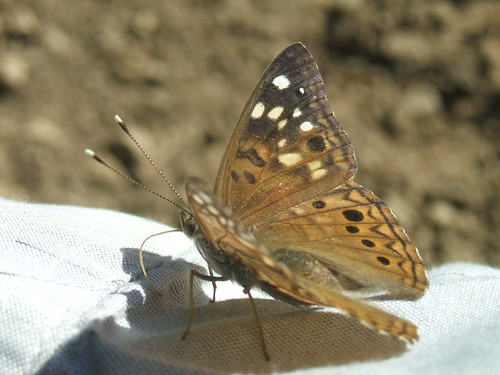Kellogg Weaver Dunes SNA
Weaver Dunes Unit
About • Location • Activities • Ecology
About |
||
Ownership |
||
|
||
Links |
||
Overview |
||
Kellogg Weaver Dunes SNA consists of two disconnected units on a terrace above the Mississippi River. The 592-acre section to the south (Weaver Dunes Unit) is owned by the Nature Conservancy. The McCarthy Lake WMA is adjacent to both sections, east of Wabasha County Road 84. Weaver Bottoms is four miles south on US Highway 61. |
||
History |
||
|
||
Management |
||
|
||
Comments |
||
|
||
Location |
||||
Maps |
||||
Printable Map(s) with GPS coordinates |
||||
Complete |
Weaver Dunes Unit | |||
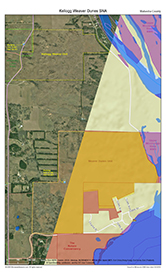 |
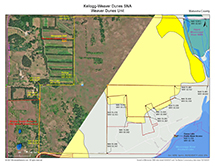 |
|||
Size |
||||
592 acres |
||||
Parking |
||||
N44 15.486, W91 55.963 |
||||
Driving Directions |
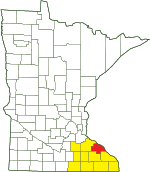 |
|||||
| Wabasha County | ||||||
| Southeast Minnesota | ||||||
Activities |
||
Hiking Trails |
||
No maintained trails |
||
Hunting |
||
Deer only. See Hunting and Trapping Regulations (MN DNR) for details. |
||
Ecology |
|||||||
Ecological Classification |
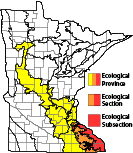 |
||||||
| Ecological Province | Eastern Broadleaf Forest Province |
||||||
| Ecological Section | Paleozoic Plateau |
||||||
| Ecological Subsection | The Blufflands |
||||||
| Land Type Association | Mississippi River Valley |
||||||
Native Plant Communities* |
|||||||
Dry Barrens Prairie (Southern) Dry Barrens Oak Savanna (Southern): Oak Subtype Silver Maple - (Virginia Creeper) Floodplain Forest |
|||||||
| * Source: The Minnesota Biological Survey, Minnesota Department of Natural Resources, Division of Ecological Resources | |||||||
Natural Features |
|||||||
|
|||||||
What’s in a Name?
The correct name for any Scientific and Natural Area (SNA) is whatever the Minnesota Department of Natural Resources (DNR) calls it in the information sources available to the public. In 2005, and as recently as 2013, that name for this site was “Kellogg-Weaver Dunes SNA,” with a hyphen between “Kellogg” and “Weaver”. The hyphenated name appeared on the DNR Web site, on the wood-routed and interpretive signs on the site, and in the GIS files distributed by the DNR. The DNR Commissioner’s Orders related to the site (no. 64 and others), and possibly also the order creating it in 1982 (no. 23), used the name “Kellogg Weaver,” without the hyphen. The DNR has recently changed the Web site and GIS files, removing the hyphen. MinnesotaSeasons.com learned of this change and did the same in 2018.
Wildlife Viewing Area
Kellogg Weaver Dunes SNA, along with adjacent McCarthy Lake WMA, is one of 119 Wildlife Viewing Areas in Minnesota listed by Watchable Wildlife, Inc.
Visitor Photos |
|||||
Share your photo of this destination. |
|||||
| This button not working for you? Simply email us at info@MinnesotaSeasons.com. Attach one or more photos and, if you like, a caption. |
|||||
Jordan Wilson |
|||||
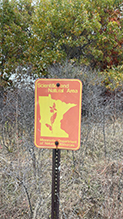 |
|||||
Nancy Falkum |
|||||
Landscape of the dunes and Hudsonia Tomentosa |
|||||
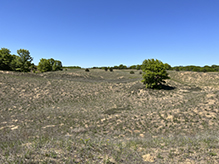 |
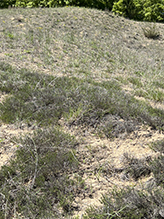 |
||||
This the view from the Cul Du Sac at the end of 124th Avenue off 598th Street, easy access. |
|||||
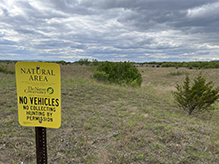 |
|||||
New KWD sign w/ American Pelicans up high on the left. |
|||||
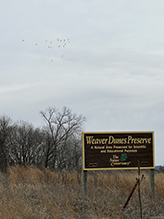 |
|||||
Landscape |
|||||
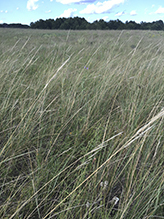 |
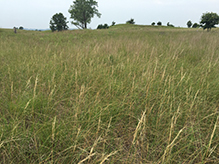 |
||||
Sunset at KWD |
|||||
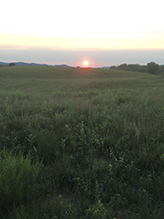 |
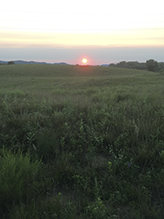 |
||||
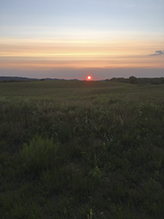 |
|||||
Small landscape... includes Bergamot, Canada Milkvetch & Tall Cinquefoil. |
|||||
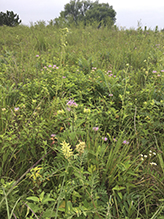 |
|||||
Hillside of Goat’s Rue with Prairie Larkspur |
|||||
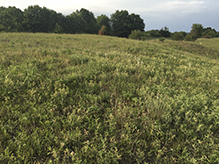 |
|||||
Looking west towards storm clouds |
|||||
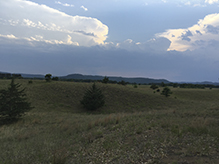 |
|||||
Big Bluestem, Rough Blazing Star, and Horsemint |
|||||
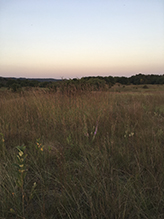 |
|||||
Looking east – Wisconsin river bluffs in background upper left |
|||||
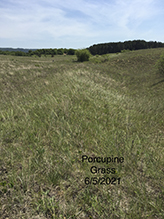 |
|||||
June Grass |
|||||
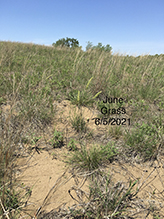 |
|||||
MinnesotaSeasons.com Photos |
|||||
Parking |
|||||
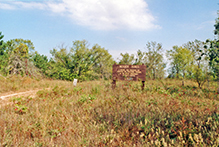 |
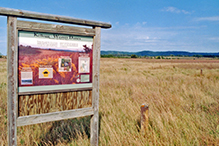 |
||||
Dry Barrens Prairie (Southern) |
|||||
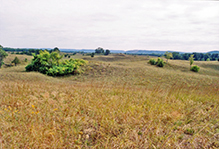 |
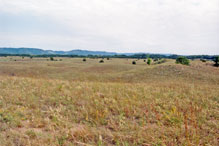 |
||||
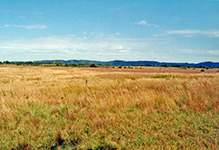 |
|||||


Visitor Videos |
|||
Share your video of this destination. |
|||
| This button not working for you? Simply email us at info@MinnesotaSeasons.com. Attach a video, a YouTube link, or a cloud storage link. |
|||
Other Videos |
|||
| Kellogg Weaver Dunes SNA Dale Bohlke |
|||
About
Sep 6, 2018 Minnesota is the land of 10,000 lakes but the Mississippi Valley is often overlooked unique topography like these sand dunes. These unique features are fun to explore and almost transport you to a different state. Filmed with permission from the Scientific and Natural Area Program. You by myuu https://soundcloud.com/myuu Creative Commons — Attribution 3.0 Unported— CC BY 3.0 http://creativecommons.org/licenses/b... Music provided by Music for Creators https://youtu.be/DR9s88XLBf0 |
|||
| Kellogg-Weaver Dunes Scientific and Natural Area Virtual Hike Minnesota Department of Natural Resources |
|||
About
Apr 2, 2020 Strap on those boots. It’s time for a hike. Kellogg Weaver Dunes SNA in the Mississippi River Valley hosts sweeping views of the state's greatest expanse of dry barrens prairie and savanna. Birds swoop overhead and critters scurry across the dunes. There’s sure a lot to see. mndnr.gov/snas/sna00979 |
|||
| Kellogg & Weaver Dunes Various Artists - Topic |
|||
About
Published on Nov 7, 2015 Provided to YouTube by CDBaby Kellogg & Weaver Dunes · Open Road Adventures Minnesota's Great River Road Audio Tour ℗ 2010 Open Road Adventures Released on: 2010-10-31 Auto-generated by YouTube. |
|||


Important Bird Area
Kellogg Weaver Dunes SNA is part of the huge (46,000-acre) Whitewater Valleys Important Bird Area (IBA).
Fameflower
In mid-summer, rough-seeded fameflower blooms daily after 4:30 p.m. for only three hours.
Blanding’s Turtle
Kellogg Weaver Dunes SNA hosts one of the largest populations of the Blanding’s Turtle. In June, females migrate to here to lay their eggs, and in August the hatchlings return to the wetlands.
Created: Last Updated: © MinnesotaSeasons.com. All rights reserved. |


